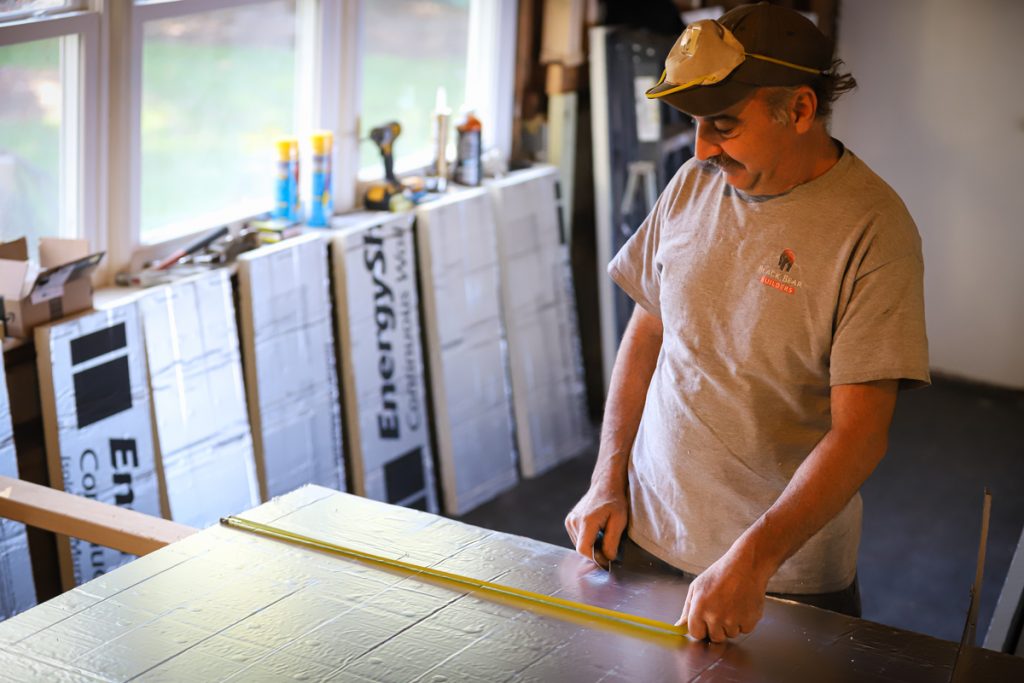Do you like saving money? We do. That’s why we recommend that you weatherize your home. After you take this important step, your home will work more efficiently, improving your comfort and saving you money on future utility bills.
Home weatherization attacks Princeton’s largest source of greenhouse gas emissions — energy use in our homes and commercial buildings.
A home energy audit is the best way to help you understand your home as a system, providing a comprehensive analysis of all the things that can make your home energy-efficient — air leaks, moisture issues, and poor ventilation or insulation.
DIY? Here's what you need to do.
- Stop the leaks: Caulk and weatherstripping are two simple and effective air-sealing techniques that typically pay for themselves within a year. To prevent air leaks, use caulk to seal cracks around door and window frames, and apply weatherstripping to doors and windows.
- Keep it cozy: Insulate attics and access doors. Ceilings, floors, walls, joists, wiring, and plumbing should also be insulated, and each of these areas will have different insulation needs.
- Breathe easy: Once you’ve sealed the house, controlled ventilation is important to prevent the buildup of pollutants and moisture.
- Say no to mold: Moisture control is necessary to protect your health and keep your home energy-efficient. Strategies vary depending on the location and source of the moisture, and include air sealing, insulation, and ventilation.

For more information.
Check out the Do-It-Yourself Guide to Sealing and Insulating to learn how to locate and seal leaks and add insulation.
The U.S. Department of Energy’s Weatherize webpage is loaded with information too.
Did you know?
Air sealing an old or drafty house can save more than 20% on heating and cooling bills.
- Airflow happens. In the winter, heat flows directly from your heated areas to adjacent unheated spaces — attics, garages, basements, or outside — even moving through interior walls, floors, and ceilings. In the summer, the opposite happens.
- Don’t pay for wasted energy. Either way, your home is burning dollars trying to keep you comfortable.
- Insulate and save. Proper insulation and sealing helps to block this airflow, ensuring you are comfortable without paying for wasted energy.




